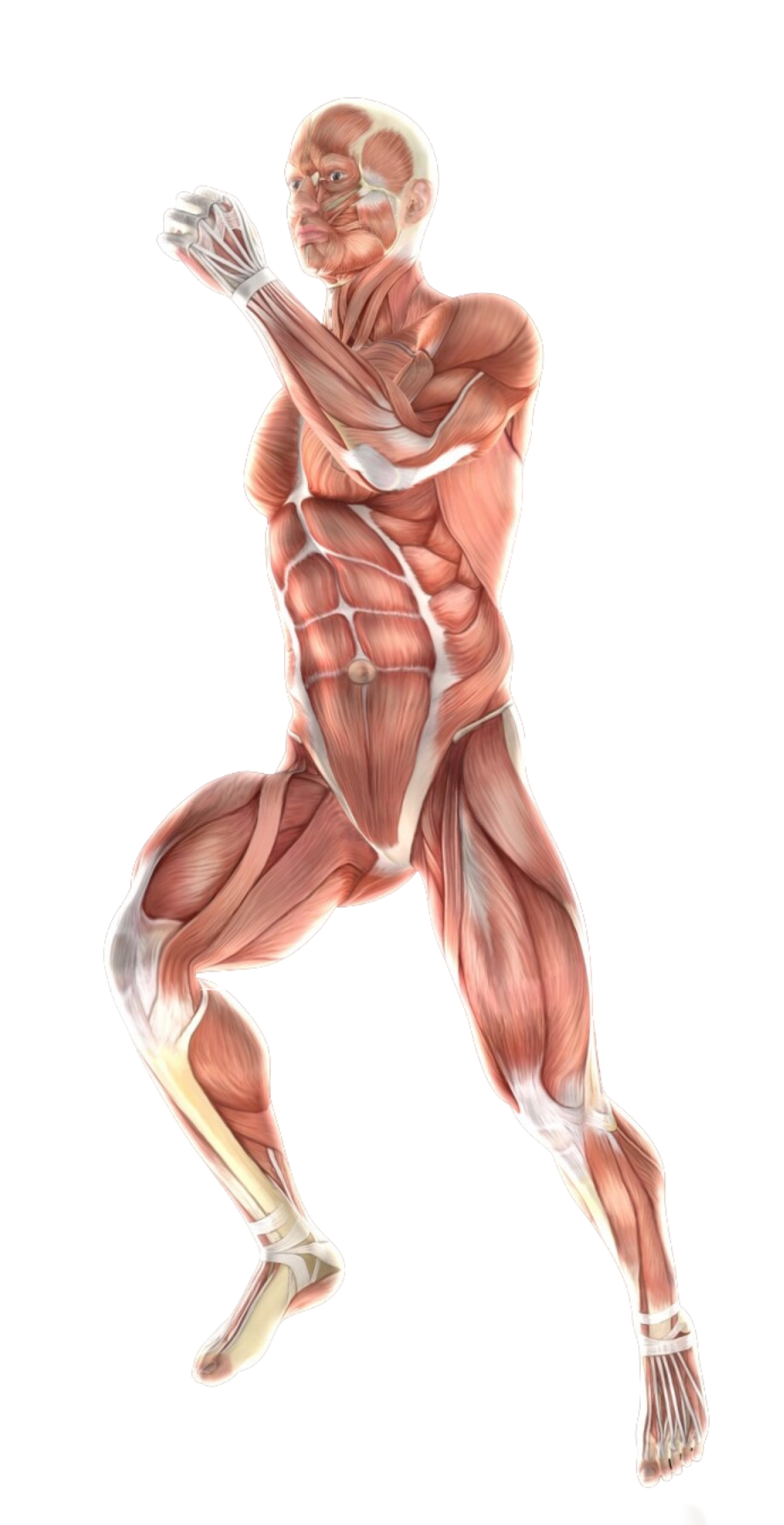- #11-13 Mount Elizabeth Medical Centre (Orchard)
- Mon Fri 9am — 6pm | Sat 9am — 12.30 pm
A hip fracture is a serious medical condition that involves a break in the upper part of the femur (thigh bone) near the hip joint. It can be a debilitating injury, especially for older adults, and often requires surgery to heal properly. Hip fractures may be:
Intracapsular fractures are more common in older adults with osteoporosis, whereas intertrochanteric and subtrochanteric fractures can occur in individuals of various ages due to falls or high-energy impacts.
The most common cause of hip fracture is a fall, especially from standing at a height or more. This is especially true for older adults whose bones are weakened by osteoporosis.
Other possible causes of hip fracture include:
The most common symptom of a hip fracture is severe pain in the hip or groin, often described as:
Some factors can increase the risk of hip fracture:

Diagnosis of a hip fracture usually includes:
Based on the medical history, physical examination, and X-ray findings, the health care professional will confirm the diagnosis of hip fracture and recommend the most appropriate treatment.
Surgery is usually the primary treatment for hip fractures. The specific surgical approach depends on the location and type of fracture. Here is an overview of common surgical procedures for hip fractures:
After surgery, a comprehensive rehabilitation program is essential. In some cases, occupational therapy may be necessary to help individuals perform daily activities such as dressing, bathing, and using stairs safely.
Additional Considerations:

Spine - Neck
Shoulder & Elbow
Spine — Back
Wrist & Hand
Knee Pain
Ankle Pain
Foot Pain
Book a consultation with us for a more comprehensive diagnosis and a personalised treatment plan best suited to your needs.

Spine - Neck
Shoulder & Elbow
Spine — Back
Wrist & Hand
Knee
Ankle
Foot